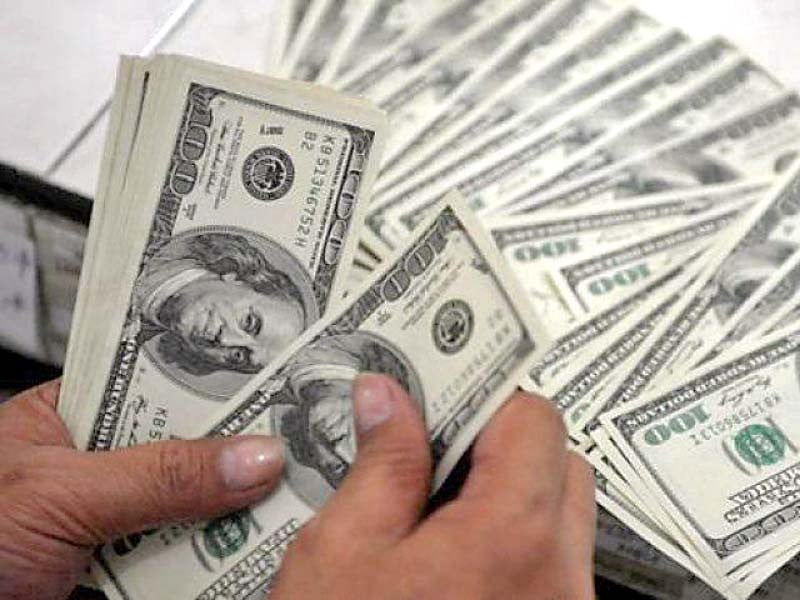
A tremendous amount of focus is now visible from actions of the current leadership, spearheaded by supremely empowered Special Investment Facilitation Council (SIFC) with support of Prime Minister Shehbaz Sharif.
Reportedly, the PM was lauded as a “man of action” by one of the Saudi Arabian ministers and Finance Minister Muhammad Aurangzeb too has focused his entire energy on implementation of policy prescriptions: 1) increasing tax revenues 2) privatisation of SOEs and 3) energy sector reforms.
A huge red carpet is invariably laid for foreign investors. But could we do better?
Overseas Pakistanis are the biggest dollar-earning asset of Pakistan. Having left the country to seek greener pastures in different countries, the generation remains intertwined with the wellbeing of Pakistan and its citizens due to the inability to secure nationalities, lack of permanent status, desire to support families back home and emotional want to head home at some later stage of life.
No wonder, sending $30-32 billion per year implies perhaps an annual income of $60-70 billion that nearly 50% is routed back home. Enormous money is earned by them and attracting $3-5 billion per year would not be a problem.
In their recent visit, foreign investors were offered expected super-high project returns of 14-50% per year. Naturally, these internal rates of return on projects are expected returns and not at all guaranteed – either sovereign or otherwise.
Nevertheless, these are indeed super-attractive returns and overseas Pakistanis, if offered such projects in the form of equity instruments with a minimum $1,000 investment, can very well be interested.
The government of Pakistan could retain a majority stake and offer the remaining as a pool of fund with higher 12-15% expected equity returns with a convertible option to debt with 9-10% per year.
First, the majority of overseas Pakistanis, if offered equity in these projects, will convert 60-80% of USD profits within the country instead of repatriating them back outside of Pakistan.
Second, there will be no impact of Pakistan’s geopolitical leverage as well since Pakistanis would be investing in Pakistani projects. Third, there will be no threat of 100% profit repatriation or the lack of support at the time of debt rollover in case of a political disagreement.
An extra investment of $5-6 billion from overseas Pakistanis over the next 10 years will help pay back $50-60 billion of foreign loans.
Fourth, whichever government offers this would garner significant political mileage. Fifth, the money travelling out of Pakistan through Hundi to seek investments can be curtailed, if equally good projects are offered to the Pakistanis escaping from the country howsoever.
Last, additional competition for the same projects offered to foreign investors via SIFC can improve the bargaining power with foreign investors with a competitive bidding and crowding out.
Pakistan’s dollar appetite is increasing while foreign investors’ appetite is waning. China having invested tens of billions of dollars in a near fixed-income payment regime is struggling to recoup its payments (Chinese power plant investors are constantly raising issues at every level).
Hence, additional lending via G2G support is restricted at best to keep Pakistan solvent.
Western countries do not seem to be charmed that easily either, except for the big-ticket Reko Diq project and other lucrative assets that we keep on offering to extract raw material from the home country. That is akin to selling raw Thar coal instead of producing electricity out of it. An out-of-the-box solution is required to reduce dollar dependency. Otherwise, 10 years from today we will be worried about foreign profit repatriation to equity investors like now we are struggling to meet Chinese IPP payments.
The writer is an independent economic analyst
Published in The Express Tribune, May 6th, 2024.
Like Business on Facebook, follow @TribuneBiz on Twitter to stay informed and join in the conversation.


















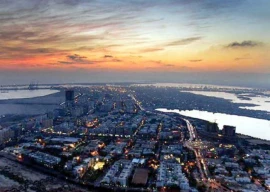
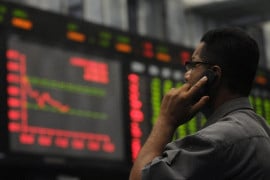

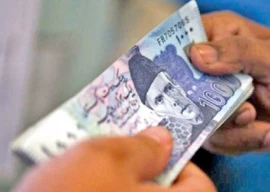


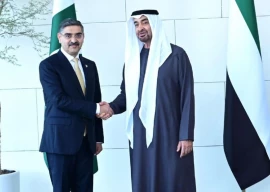
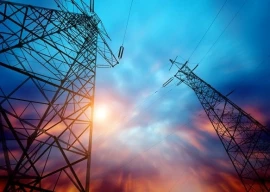
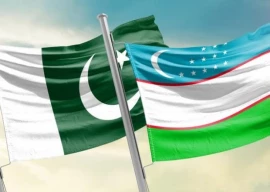

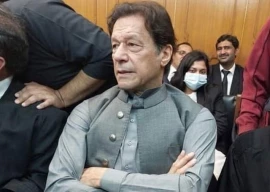
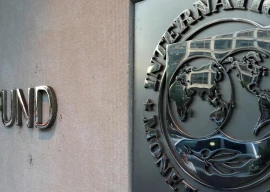
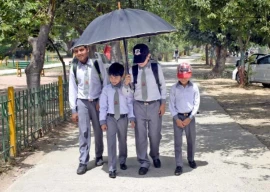

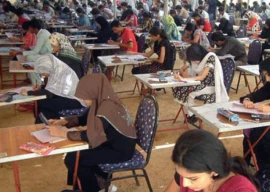






COMMENTS
Comments are moderated and generally will be posted if they are on-topic and not abusive.
For more information, please see our Comments FAQ